Science News
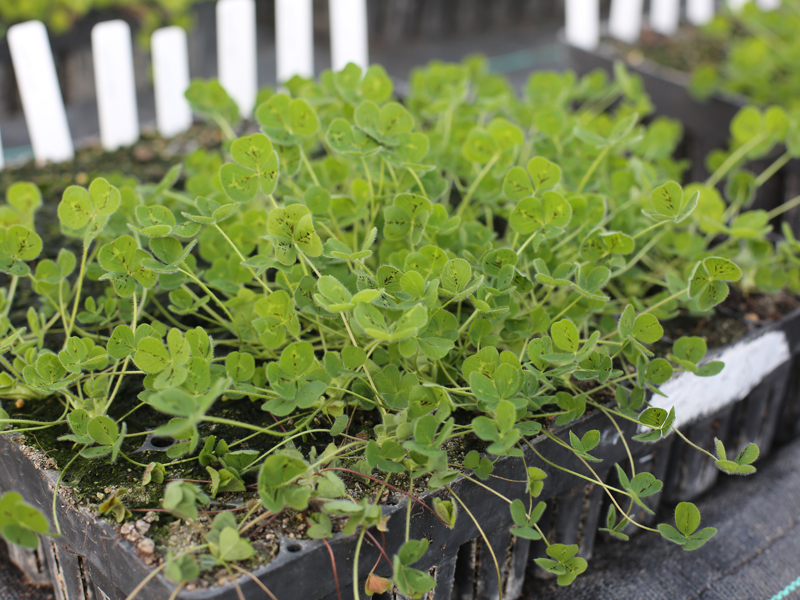
Four-leaved clovers may or may not bring good luck. What’s indisputable is that all white clovers, whether with three or four leaves, have many benefits.
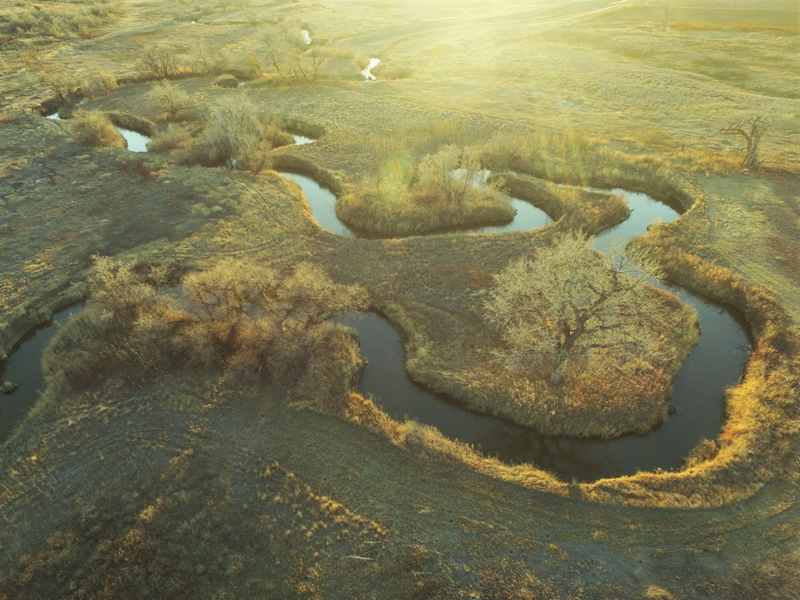
Both stormwater control and stream restoration are proven ways to reduce erosion along water channels. Often, though, each method is managed by a different urban land-management department, measuring different success values. Efforts are rarely coordinated due to funding and other constraints.
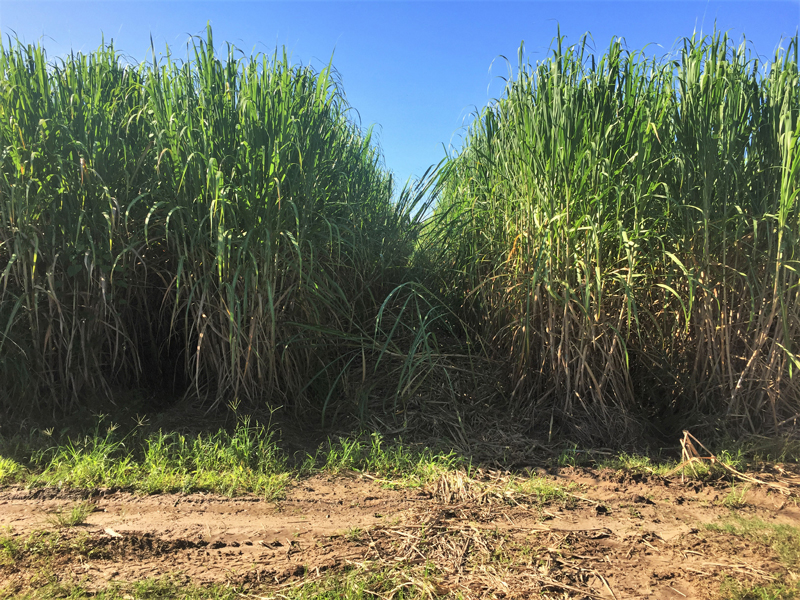
Weeds are thieves. They steal nutrients, sunlight and water from our food crops. In the case of sugarcane, yield refers to the amount of biomass and the sucrose concentration of the cane, which ultimately determines the amount of sugar produced. Two weedy culprits, namely itchgrass and divine nightshade, reduce cane biomass and sucrose yield.
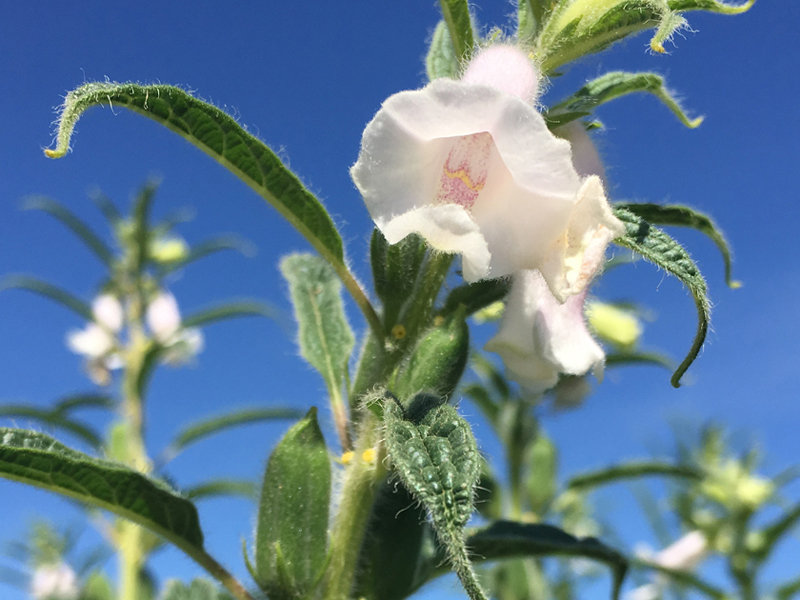
Texas has a long history of growing cotton. It’s a resilient crop, able to withstand big swings in temperature fairly well. However, growing cotton in the same fields year after year can be a bad idea. Nutrients can get depleted. Disease can lurk in the ground during the winter season, only to attack the following year. Thus, rotating cotton with other crops could be a better system.
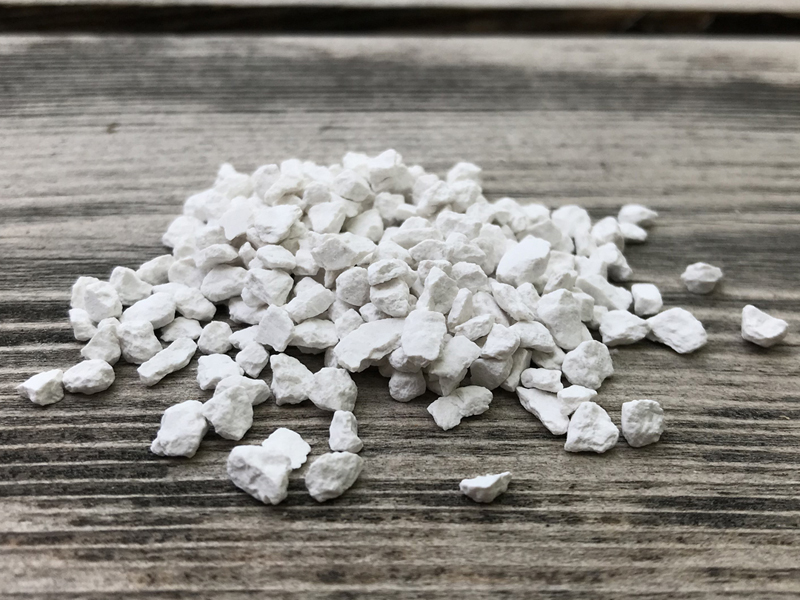
When Hennig Brandt discovered the element phosphorus in 1669, it was a mistake. He was really looking for gold. But his mistake was a very important scientific discovery. What Brandt couldn’t have realized was the importance of phosphorus to the future of farming.
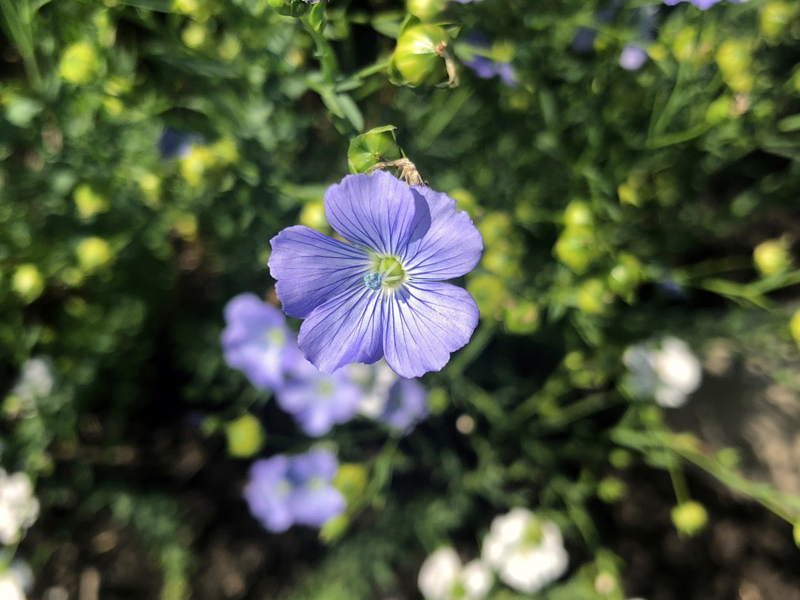
The small but mighty flaxseed has many health benefits for humans, as well as other important uses. Yield, and therefore profits, are important for the few farmers who grow it in the United States.
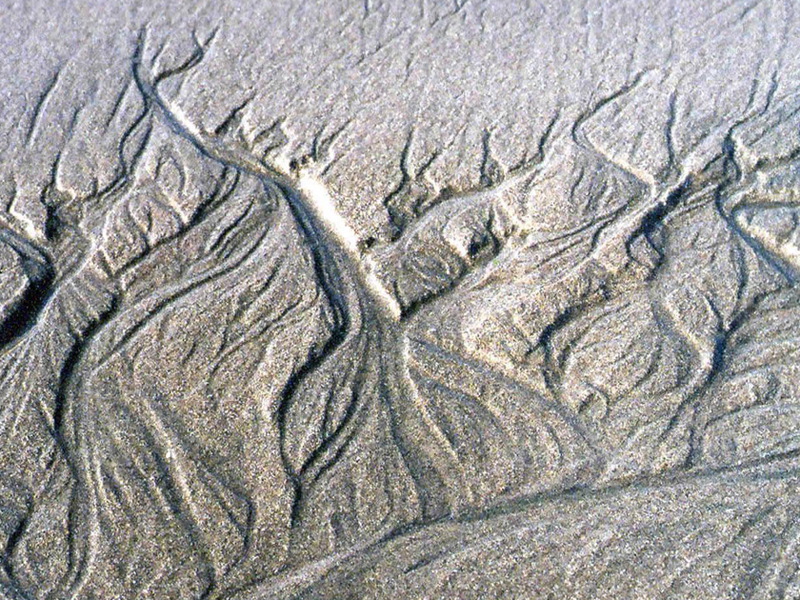
Soil scientists can’t possibly be everywhere at once to study every bit of soil across the planet. Plus, soils are constantly changing.
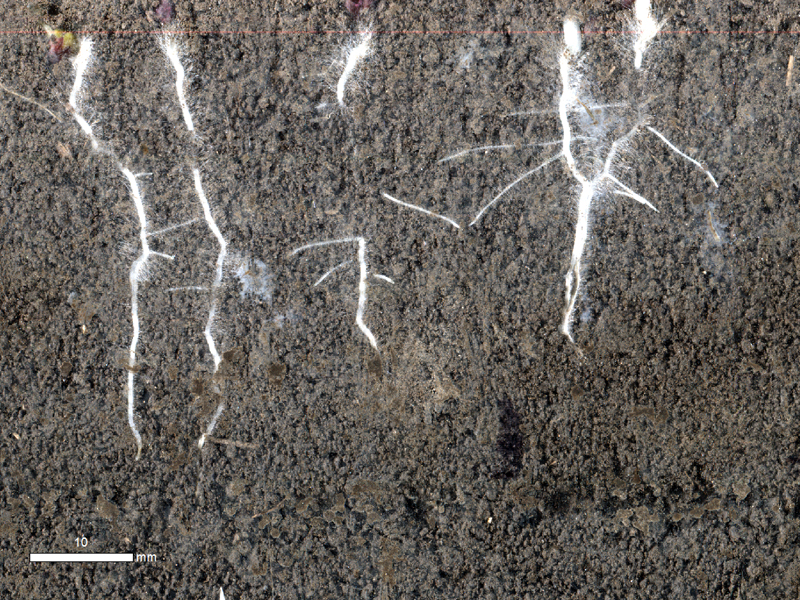
Fertilizer is used worldwide in farming. It’s used to give plants a boost, increasing yield and ultimately farmers’ profits.
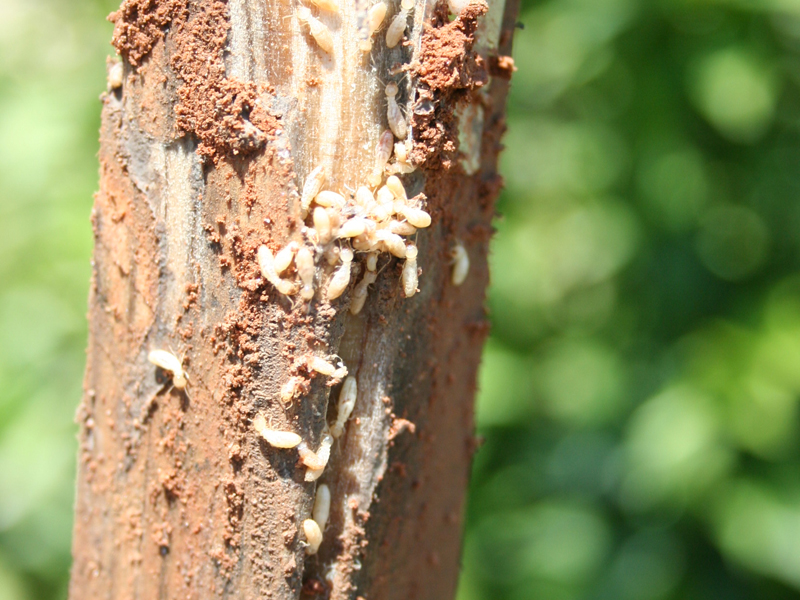
Termites are unwelcome in your home. They can cause structural damage to the wood in frames, floors and other materials. It’s nothing personal, though. They are really just looking for food sources.
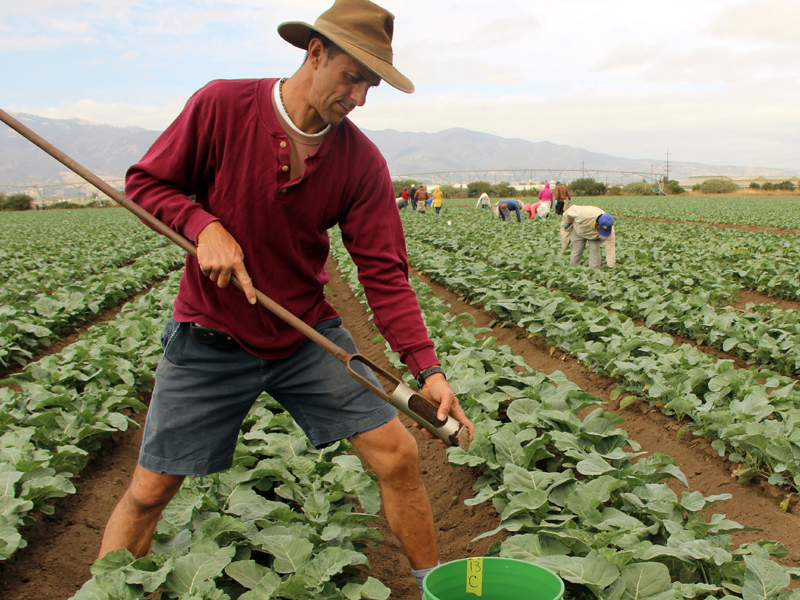
Soil organic matter has long been known to benefit farmers. The carbon in this organic matter acts as a food source for soil microbes, which then provide other nutrients to the crops grown. Microbes, insects and small soil critters produce materials that can improve soil structure and water retention. It’s a healthy ecosystem every farmer wants to encourage.
